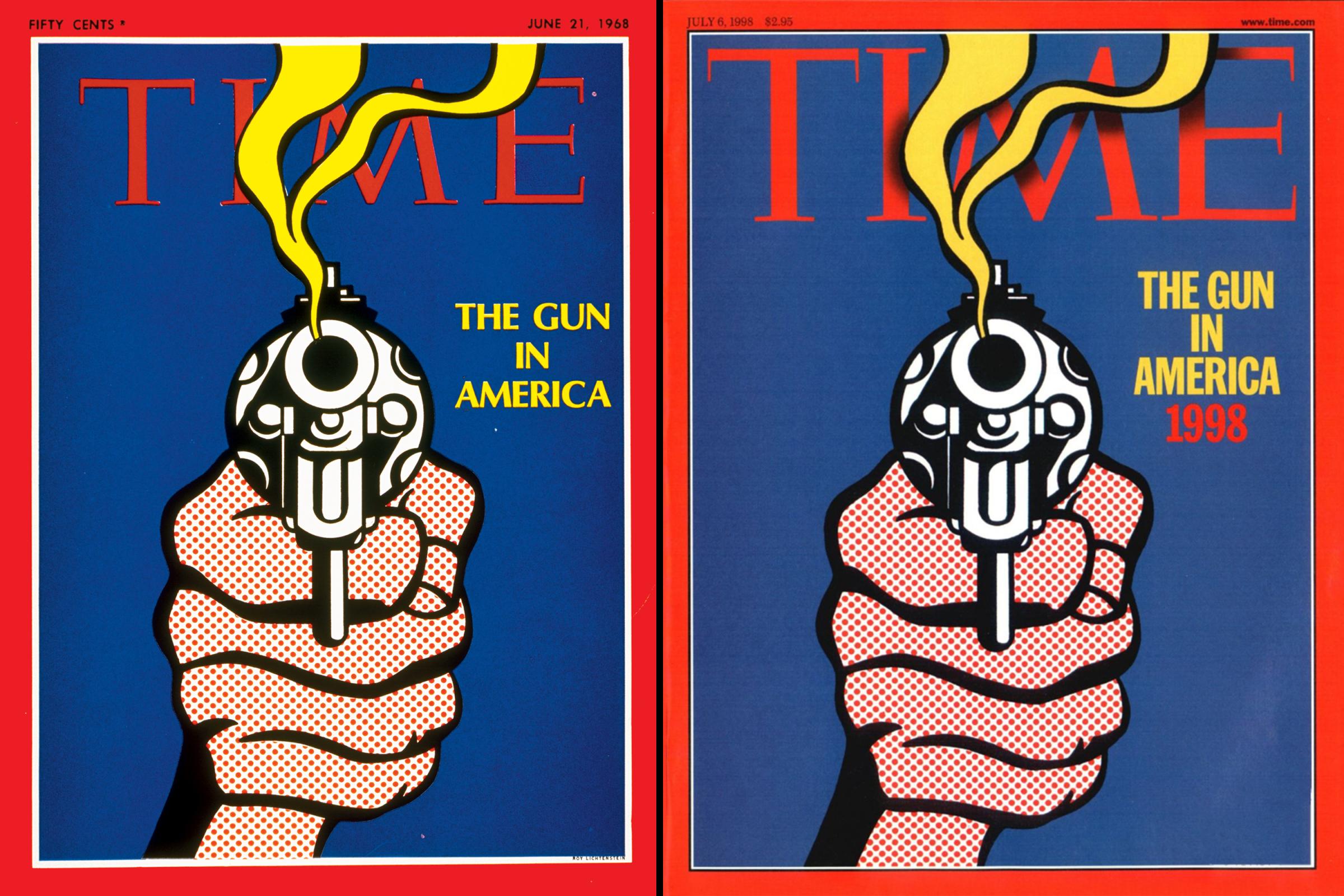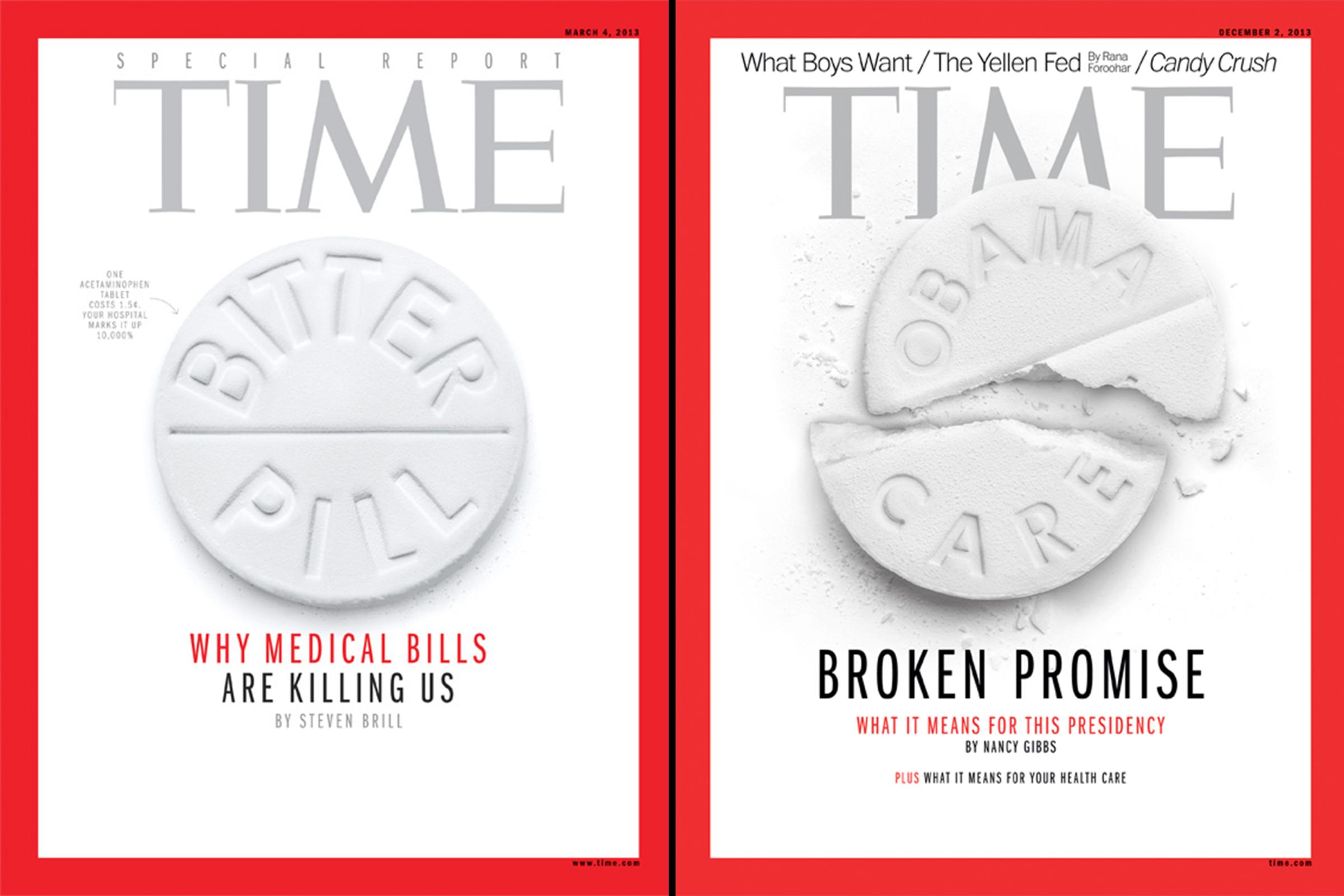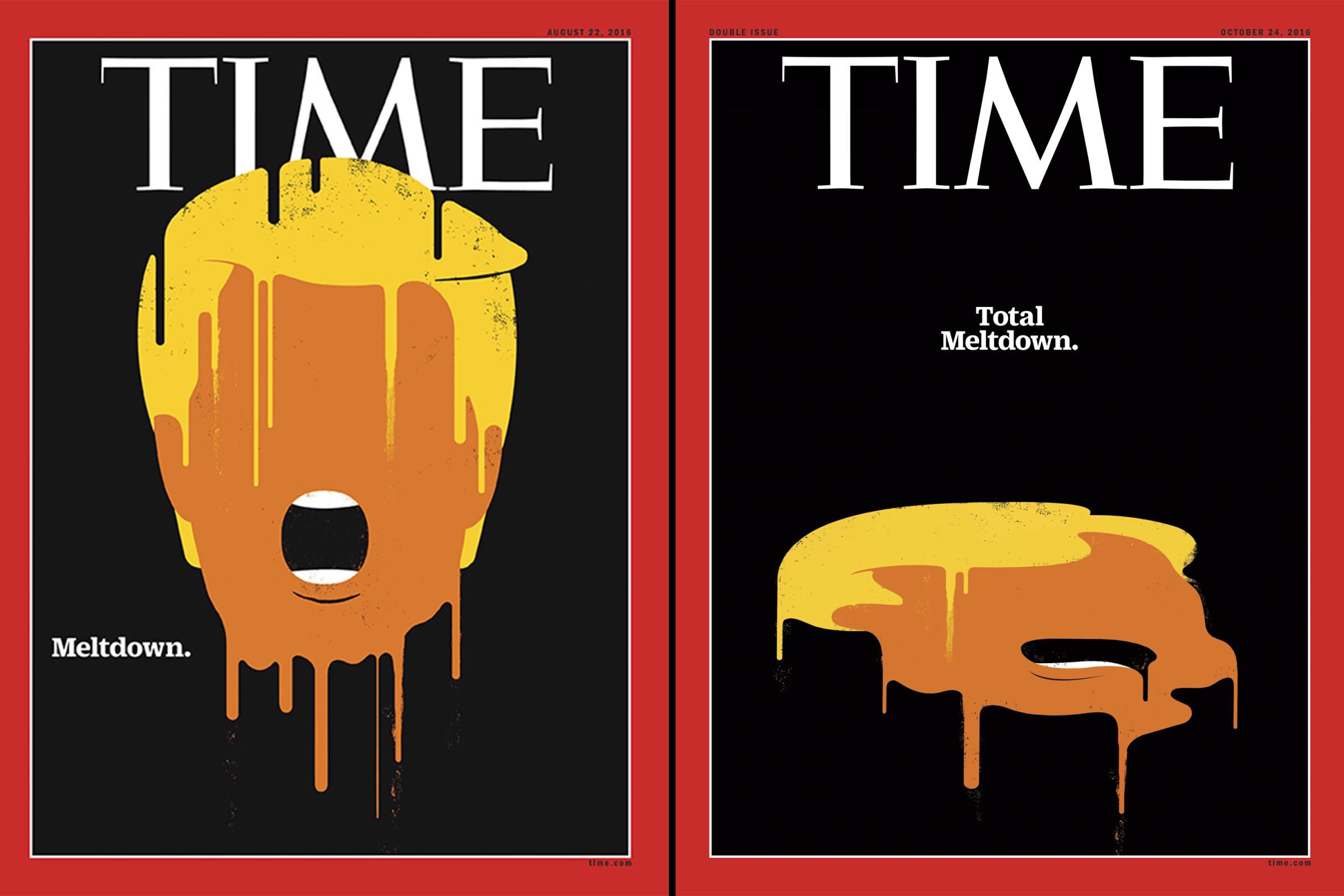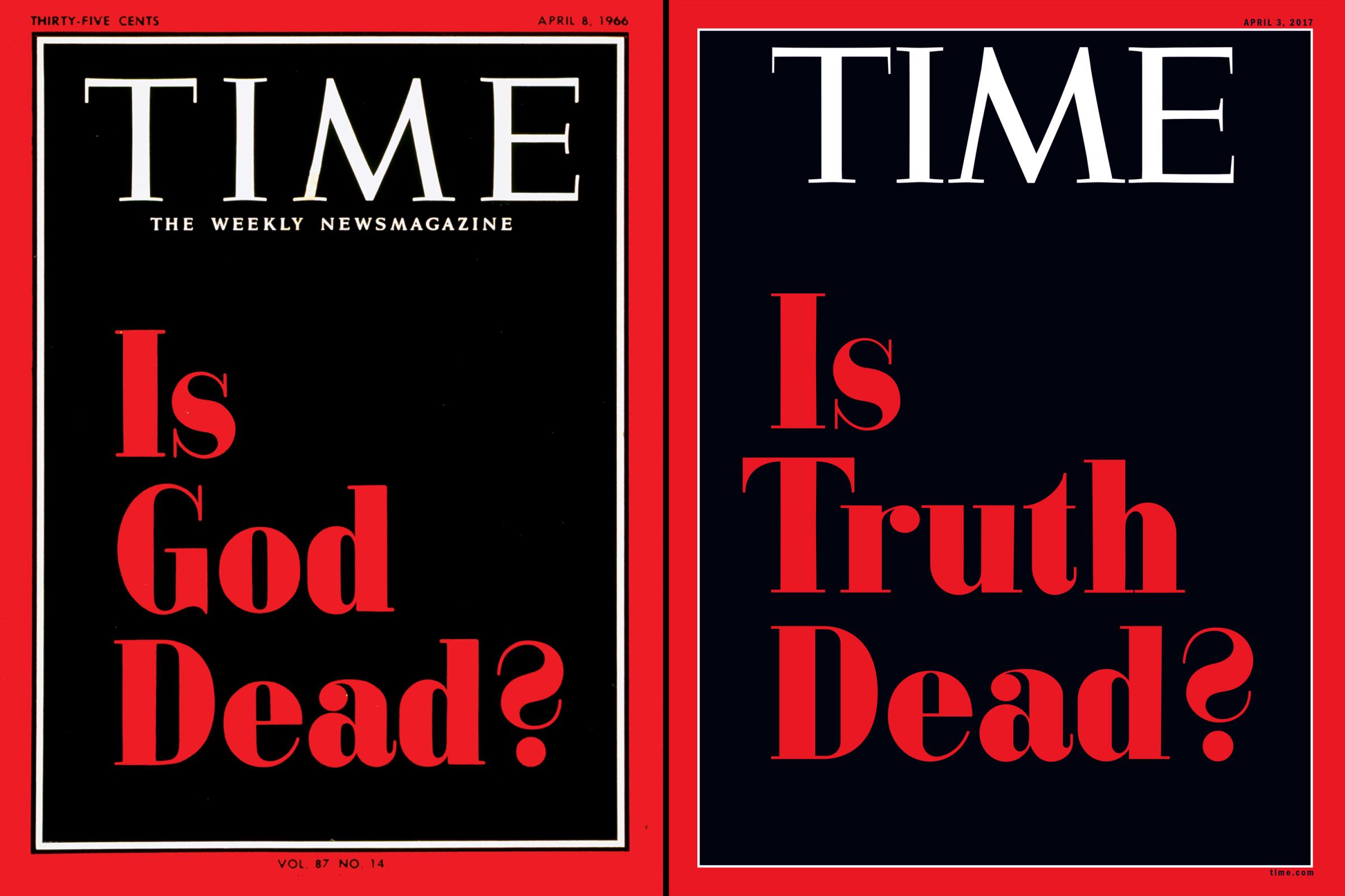
The April 23 TIME cover, depicting the growing chaos within the Trump White House, may look familiar to some readers: We asked longtime TIME collaborator Tim O’Brien to reimagine a cover he did for us just over a year ago. With his inventive style and fine hairline brush, Tim’s updated piece shows the rising water from the storms swirling inside the Oval Office.
“When I painted the ‘Nothing to See Here’ cover art, like many, I assumed the level of chaos could not last, that patriots on both sides of the aisle would step forward to control much of what transpired in the past year,” says O’Brien, a Brooklyn-based artist whose work has appeared on over two dozen TIME covers since 1989, covering subjects ranging from the Catholic church to Osama Bin Laden.
“As the never-ending flood of breaking news washed over the White House, and the firings, the scandals and the general mayhem filled each news cycle, I felt the storm metaphor was as relevant as ever,” says O’Brien, who used air brush, pencil, gouache and oil paint to create the piece.” “I mostly thought about how water would fill the space, how it would be transparent in some areas and reflective in others.”
Read more: See every TIME magazine with Donald Trump on the cover
Outside of his nearly 30-year relationship with TIME, O’Brien’s work has appeared in publications all over the world, including several U.S. postage stamps and book covers such as the popular Hunger Games trilogy. Two of his TIME magazine covers–one with Bill Clinton and Bob Dole and the other with the Grand Old Populists, both published in 1996—reside in the National Portrait Gallery at the Smithsonian in Washington, D.C.
Aside from TIME’s iconic “X” treatment, O’Brien’s cover this week is the sixth time in our 95-year history we designed covers that directly visually reference previous covers we have done.
The first instance was in 1998 when TIME republished Roy Lichenstein’s painting of a gun 30 years after it was commissioned for a cover. TIME’s original cover story, “The Gun in America,” with a memorable image by the Pop artist days after the murder of Robert Kennedy, and a couple months after Martin Luther King, Jr.’s. In 1998 on the 40th anniversary of that cover, TIME returned to the issue, prompted in part by a string of school shootings that began that year in Pearl, Miss.

In 2001, we called back a concept of “The Incredibly Shrinking President” from 1993—both featuring a diminutive Bill Clinton. When a President leaves office we expect him to disappear for a while, cede the stage to his successor. In 2001, amid a new crop of scandals, the throw back cover was a take on how Clinton’s ex-presidency seemed to be a shriveled version of his presidency, including scandals involving $190,000 worth of going-away gifts, 177 last-minute clemencies (including notably the one he handed to fugitive billionaire Marc Rich.

For Steven Brill’s award-winning series on medical bills, we updated the “Bitter Pill” concept from 2013 for his second installment on Obamacare. When we created the image for the Dec 2, 2013 “Broken Promise” cover, it was apparent that Barack Obama’s foremost legislative accomplishment would not survive its first year intact and that the success of the President’s second term would depend on putting the pieces back together and mending the perceived “broken promises.”

Graphic illustrator Edel Rodriguez created two iconic covers that played off each other, channeling President Trump in his a now instantly recognizable graphic style—”Meltdown” and “Total Meltdown” (the latter winning an ASME National Magazine Award for Best Cover of 2017).

And one of TIME’s most famous covers, “Is God Dead?” from 1966, was reimagined as “Is Truth Dead?” for our April 3, 2017 cover. “It is no less ironic today than it was a half-century ago to use such brashness in a stark TIME setting to pose this timely and thought-provoking question,”says typographer Kent Lew, who developed the body copy typeface used in the magazine today. “A fitting homage.”

More Must-Reads From TIME
- The 100 Most Influential People of 2024
- The Revolution of Yulia Navalnaya
- 6 Compliments That Land Every Time
- What's the Deal With the Bitcoin Halving?
- If You're Dating Right Now , You're Brave: Column
- The AI That Could Heal a Divided Internet
- Fallout Is a Brilliant Model for the Future of Video Game Adaptations
- Want Weekly Recs on What to Watch, Read, and More? Sign Up for Worth Your Time
Contact us at letters@time.com